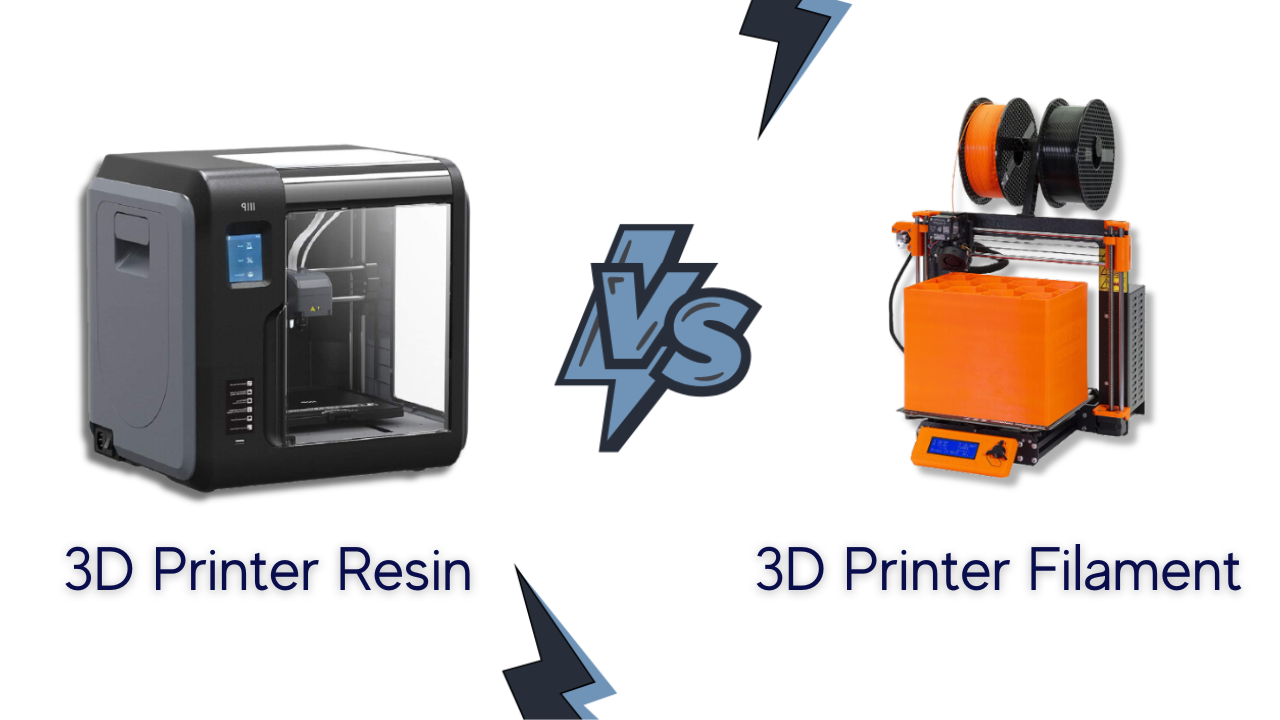
Are you looking to get into 3D printing but unsure which material suits you? If so, then this review post is for you! 3D printers use either filament or resin to create objects. In this review, we will explore the differences between 3D printers resin vs filament to help you decide which material fits your 3D printing needs.
Filament and resin are two of the most popular materials in 3D printing. The filament is a continuous strand of thermoplastic, usually in the form of a spool of filament, that is heated up and extruded through a nozzle to form the shapes that make up your 3D print. Resin is a photopolymer that is hardened with ultraviolet (UV) light, either by a UV laser or by exposure to UV light.
Filament printing is very fast, with some printers producing objects in just a few minutes. The filament is generally cheaper than resin and has various colors and materials available. However, the quality of filament prints can vary greatly depending on the printer and filament used.
Resin printing is generally much slower than filament printing and produces much higher-resolution prints. The downside is that resin can be more expensive and requires specialized equipment, such as an ultraviolet (UV) laser. It also requires post-processing printed parts, such as washing, drying, and curing them in UV light for the best results. Additionally, most resins are incompatible with certain materials or substrates, so care must be taken when using them.
Also Read: Best Printers For Teachers
3D printers resin vs filament: Key Features
| Features | 3D Printers Resin | 3D Printers Filament |
|---|---|---|
| Printing Technology | Stereolithography (SLA) or Digital Light Processing (DLP) | Fused Deposition Modeling (FDM) |
| Build Volume | Typically smaller, ranging from 100 x 100 x 100 mm to 200 x 200 x 200 mm | Can range from small to very large, with some models offering build volumes of up to 1000 x 1000 x 1000 mm or larger |
| Print Resolution | High resolution, with some models capable of resolutions as fine as 25 microns or less | Coarser resolution compared to resin printers, with typical resolutions ranging from 100 to 300 microns |
| Materials | Designed to print with liquid photopolymer resins, which can vary in color, hardness, and other properties | It can print with a wide range of thermoplastics, such as PLA, ABS, PETG, Nylon, and others |
| Print Speed | Generally slower than filament printers, with some models capable of producing prints at speeds of 20 to 50 mm per hour | Faster than resin printers, with speeds ranging from 50 to 150 mm per second or more |
| Print Quality | high-quality prints with smooth surfaces and intricate details | Print quality can vary depending on factors such as the resolution, material, and design of the object being printed |
| Ease of Use | Can be more complex to set up and operate, with requirements for UV curing, resin handling, and other factors | Generally easier to set up and operate, with less specialized handling requirements |
| Applications | Ideal for printing high-quality, detailed models, prototypes, and jewelry | Suitable for a wide range of applications, from prototyping to tooling to production parts |
| Maintenance | Resin printers require more frequent maintenance and cleaning than filament printers, due to the nature of the resin material | Filament printers require regular maintenance such as cleaning the print bed, changing the nozzle, and ensuring proper calibration |
Recommendations
3D printers resin vs filament: resin
| Design | Model | Retailer |
|---|---|---|
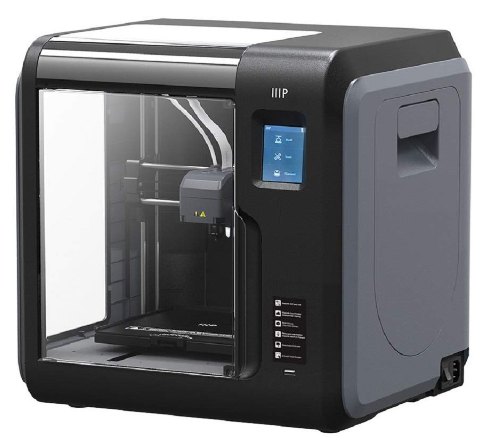 |
Monoprice Voxel 3D Printer |
Check Price |
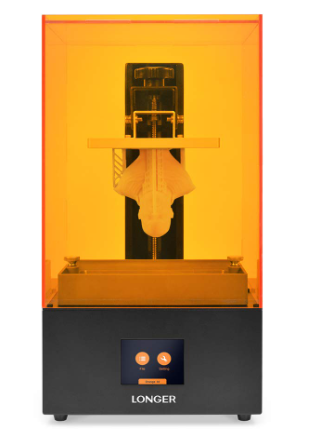 |
LONGER Orange 30 3D Printer | Check Price |
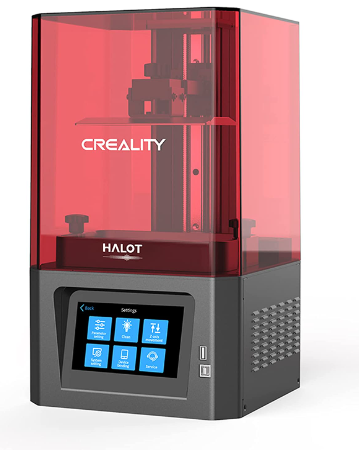 |
Creality HALOT-ONE Resin 3D Printer | Check Price |
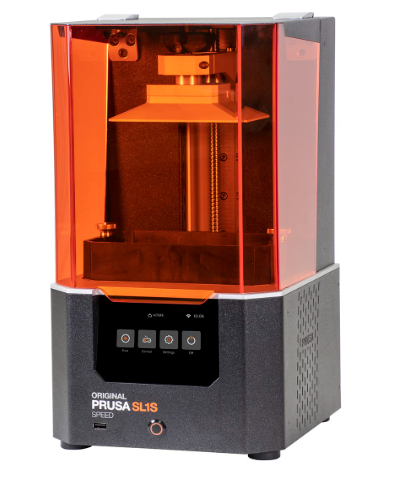 |
PRUSA Original SL1S Speed 3D Printer | Check Price |
3D printers resin vs filament: Filament
| Design | Model | Retailer |
|---|---|---|
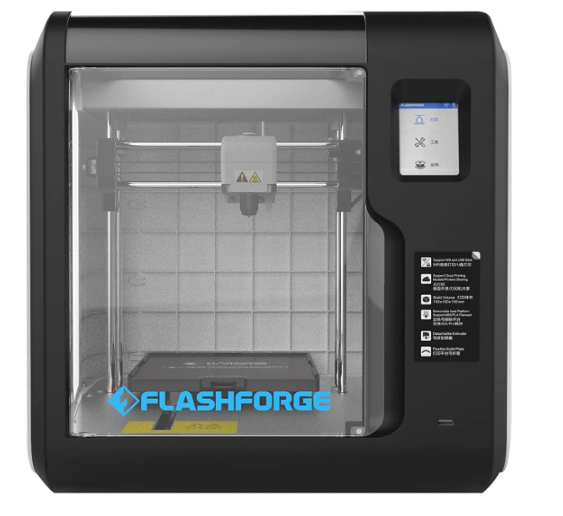 |
FlashForge Adventurer 3 3D Printer | Check Price |
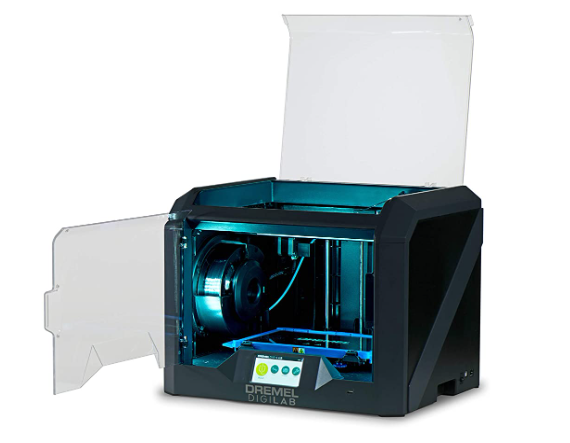 |
Dremel DigiLab 3D45-01 3D Printer with Filament | Check Price |
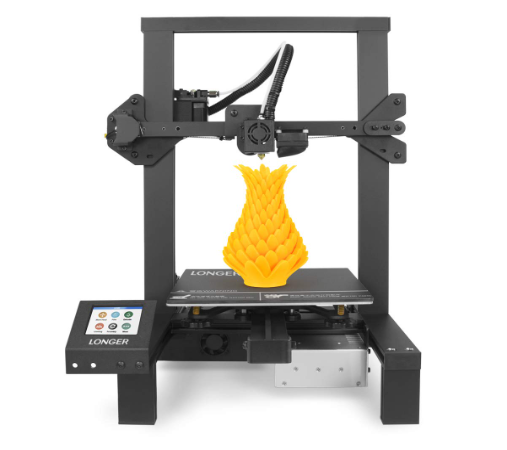 |
LONGER LK4 3D Printer | Check Price |
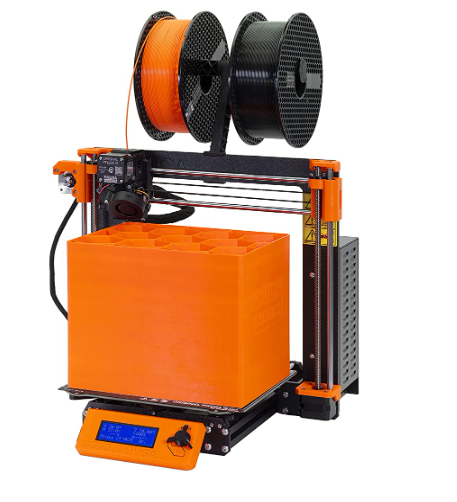 |
Original Prusa i3 MK3S+ 3D Printer | Check Price |
Detailed Comparison
Features
When looking at 3D printers’ resin vs filament, one of the main differences between the two technologies is their build volume.
| 3D Printers Resin | 3D Printers Filament |
|---|---|
| Resin printers have a smaller build volume due to their printing mechanism, which only uses the bottom half of the bed area. | Filament printers have a larger build volume than resin printers, as they typically print onto a larger bed area. |
| Resin printers usually have a build volume ranging from 120 mm x 68 mm to 145 mm x 82 mm, much smaller than filament printers. This limits the size of objects that can be printed with a resin printer but offers greater precision in smaller parts and prints. | Filament printers usually have a build volume ranging from 200 mm x 200 mm to 300 mm x 300 mm, allowing for printing larger models and parts. |
Print Resolution
For 3D printers’ resin vs filament, the print resolution is another important factor to consider.
| 3D Printers Resin | 3D Printers Filament |
|---|---|
| Resin printers generally offer much more detail and accuracy than filament printers, with resolutions as low as 10 microns, or 0.01mm. | As compared to resin printers, filament printers tend to top out around 0.4mm. |
This means that when printing with resin, the objects you create will have sharper edges, smoother surfaces, and more intricate details. Furthermore, the smaller the layer size, the less visible the layer lines are on the finished product, giving your prints a cleaner look overall.
Print Speed
Print speed is one of the most important factors to consider when deciding between 3D printers’ resin vs filament.
| 3D Printers Resin | 3D Printers Filament |
|---|---|
| Resin printers can print much faster than their filament counterparts, with some printers able to produce models in a fraction of the time it takes for a filament printer. Resin printing typically takes anywhere from 1 to 4 hours to complete a model, depending on its size and complexity. | On the other hand, filament printers generally take much longer to print a model, usually around 8 to 10 hours. This is because filament printers work by depositing molten plastic layer-by-layer, while resin printers work by curing liquid resin with light. |
As a result, resin printers are much faster than their filament counterparts.
Build volume
Regarding 3D printing, the build volume refers to the maximum size of the object that can be printed. The build volume will vary depending on the type of printer being used.
| 3D Printers Resin | 3D Printers Filament |
|---|---|
| Resin 3D printers tend to have a much smaller build volume of around 5x5x5 inches. | Filament 3D printers typically have a larger build volume than resin 3D printers, making them the better option for larger projects. For example, most FDM filament 3D printers have a build volume of around 8x8x8 inches. On the other hand, |
The trade-off with resin 3D printers is that they tend to produce higher-resolution prints with more detail than FDM filament printers. This makes them the better option for more intricate projects that require high-quality prints.
Print Quality
Regarding 3D printers resin vs filament, print quality is one of the most important features to consider. In terms of build volume, both resin and filament printers can produce high-resolution prints.
However, resin printing has an edge when it comes to finer details. Resin prints are much smoother and more accurate than those produced using filament. This is due to the layer-by-layer curing process used in resin printing, which helps to preserve finer details and achieve a better overall finish.
Filament printing, on the other hand, relies on the melting and extrusion of plastic filaments, which can lead to some small imperfections in the finished product.
ease Of Use
Both 3d printers resin vs filament, have distinct levels of ease of use, depending on the user’s needs and skill level.
| 3D Printers Resin | 3D Printers Filament |
|---|---|
| Resin printers are much more precise and require less post-processing than filament printers, making them ideal for producing detailed, high-quality prints. | Filament printers are typically more user-friendly, as they require less setup and maintenance than resin printers. They also have a larger build volume than resin printers, allowing more room to create larger models. |
However, these printers require more setup and require special care when handling and disposing of resin. Additionally, resin printers have smaller build volumes than filament printers, limiting the size of prints that can be produced.
3D printers resin vs filament: Pricing Factor
For pricing, both printers are expensive and pricing varies depending on the model and requirements.
| 3D Printers Resin | 3D Printers Filament |
|---|---|
| Resin printers can be more expensive than filament printers, with entry-level models starting at around $300 to $500 and high-end models costing several thousand dollars or more | Filament printers can range in price from a few hundred dollars for basic models to several thousand dollars for high-end professional models |
Pros and cons
3D Printers Resin
Pros:
Resin printing offers higher-resolution prints than filament, making it ideal for detailed designs and small models.
The prints produced with resin have smoother surfaces and finer details than filament prints.
Resin prints are much more durable and less prone to warping than filament prints.
The printing process is much faster when using resin, allowing you to produce multiple prints in less time.
Cons:
Resin printing can be more expensive than filament printing due to the higher cost of materials.
The resin used for printing can be hazardous and require special equipment for handling and disposal.
Resin prints may take longer to finish as they require additional curing time after printing.
The prints produced with resin are not as strong as those made with filament, making them more prone to breakage.
3D Printers Filament
Pros:
The filament is much cheaper than resin, and as a result, it is more cost-effective for people who want to get into 3D printing.
It is much easier to set up a filament printer than a resin printer, which requires more complicated steps.
The filament is available in many materials, from PLA to ABS.
Filament prints are stronger than resin prints since the material is more solid.
Cons:
Filament printing usually takes much longer than resin printing due to the slow build speed.
Since filament printing is not as precise as resin printing, the resolution of the prints tends to be lower.
Due to its slow build speed, filament printing can be less accurate than resin printing.
Post-processing filament prints can be more challenging due to the need for sanding and painting, among other tasks.
3D printers resin vs filament: Which One Should You Buy?

When considering 3D printing for your project, it is important to determine the best method for you. Depending on your needs, filament or resin printing may be the ideal choice for your job. Filament printing is best for producing large parts at a relatively low cost. On the other hand, resin printing is better for intricate designs and higher-resolution objects.
Filament printing utilizes plastic thread to build up layers of a 3D object. The extrusion of the heated plastic thread can easily make complex shapes with various colors and materials available. Printing parts as large as 9 inches by 6 inches using filament is possible. The drawbacks of this method are that its prints have visible layer lines and a more limited range of accuracy.
Resin printing is a newer technology that uses a photosensitive liquid resin which is cured with a laser after each layer is printed. This gives it a much smoother finish with sharper details and can produce transparent parts. It also has much higher precision than filament printing, which makes it ideal for small objects that require a great deal of detail. However, resin printing can be much more expensive due to the cost of the resin and the need for special curing equipment.
Both filament and resin 3D printing have their own benefits and drawbacks, so it is important to consider your project’s needs carefully before deciding. If you need a large part with an acceptable level of accuracy, then filament printing can be the right choice. Resin printing can be your best bet for a high-resolution part with fine details. Regardless of your choice, both technologies provide an exciting opportunity for creating complex 3D objects from 3D printers resin vs filament.
The Verdict
3D printing technology is constantly evolving, and new advancements in materials, features, and printing capabilities come with it. When it comes to the debate between resin vs filament 3D printing, there is no one-size-fits-all answer.
Resin printers offer higher-resolution prints but require more post-processing and curing time. Filament printers are more user-friendly, provide a wider range of materials, and have larger build volumes.
Ultimately, when choosing between resin and filament 3D printing, you must consider your end goal and which type of printer will best meet your needs.